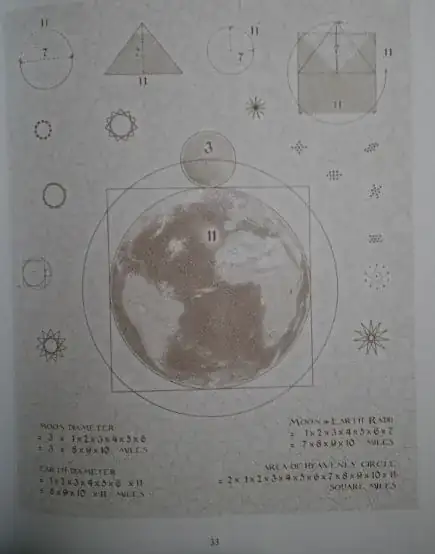I am unclear about what "Squaring the Circle" is, let alone how people tried to solve it.
Please tell me if "Squaring the Circle" means finding square and circle with same area OR finding square and circle with same perimeter/circumference.
Below is my thought-process...
In the book The Quadrivium, page 32 it says
Shown opposite is the extraordinary fact that the size of the Moon relates to the size of the Earth as does three to eleven. What this means is that if we draw down the Moon to the Earth, as shown, then a heavenly curcle through the Moon will have a circumference equal to the perimeter of a square around the Earth. This is called 'squaring of the circle.'
Then page 78 talks about square and circle having same area
A circle and square can also be married by having the same area, and a double rainbow, with bows at $41.5^{\circ}$ and $52.5^{\circ}$

